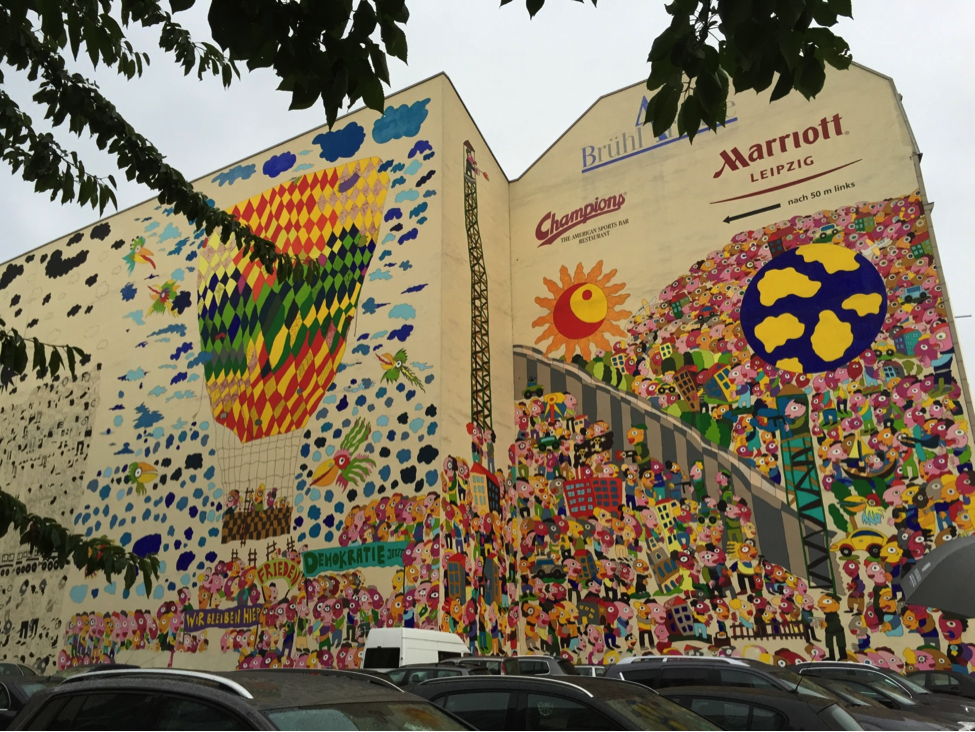WCP: Organizing Miracles
Posted in Visiting Scholars | Tagged Church, East Germany, Jack Metzgar, Leipzig, Nonviolence, Organizing, Protest, Sherry Linkon, WCP, Working-Class Perspectives
What motivates people to risk their comfort and safety to confront oppression? How can organizing foster a movement that leads to major change? In this week’s Working-Class Perspective, Jack Metzgar looks back on the 1989 protest movement in East Germany to draw lessons about the conditions needed to make organizing miracles possible.
“For most of the 1980s the church had held Monday evening “prayer meetings” that had initially included a few dozen people focused on planning anti-nuclear protests. Over time the meetings began to attract hundreds as the church welcomed East German dissidents of all kinds, “Christians and Non-Christians alike.” By 1989 Nikolaikirche was filling its 2,000 seats with people unified around both open borders and democratic reform but divided between “We want to leave” and “We’re staying here.” Against the background of ongoing peaceful revolutions in Communist Eastern Europe in 1989, East Germany was seen as the place where both the peace and the revolutionary processes would end. By September, head of government Erich Honecker was openly threatening “the Chinese solution,” referring to the massacre of protesters in Tiananmen Square that May. The evening of October 9 in Leipzig was supposed to be the German Tiananmen.
The “Monday prayers” had become protest demonstrations disrupting traffic on the 10-lane ring road surrounding central Leipzig. These had started with a thousand or so demonstrators, but in the two weeks prior to October 9 they had attracted first six thousand and then ten thousand. Organizers hoped for double or even triple that on October 9. Orders from Honecker were to stop the march at the “Eastern Knot” using “all measures necessary” and to “fight them with no compromises.”
Check out the blog post in its entirety as well as other Working-Class Perspectives posts on our website.

